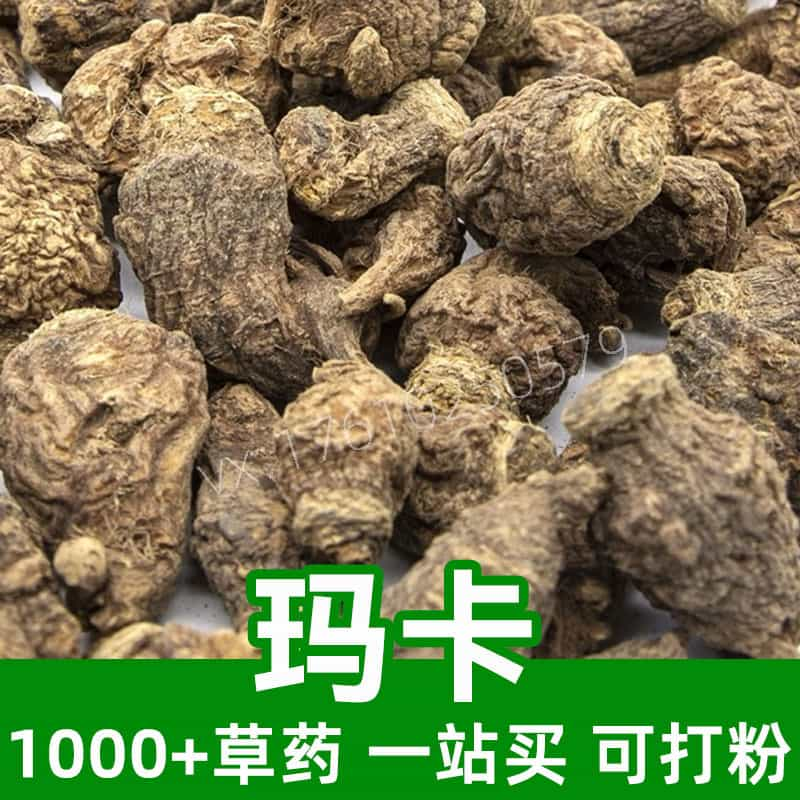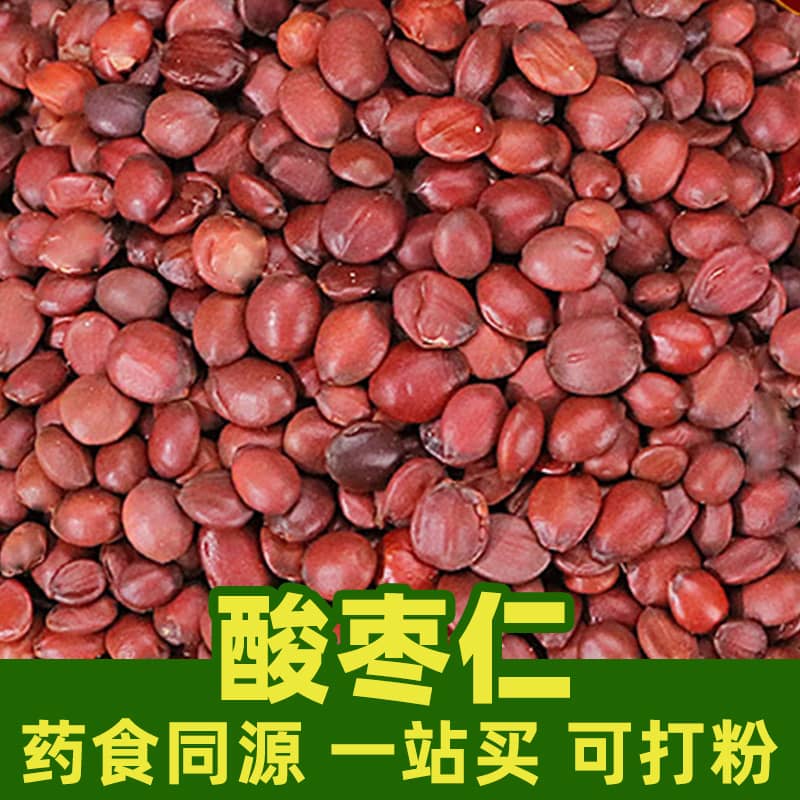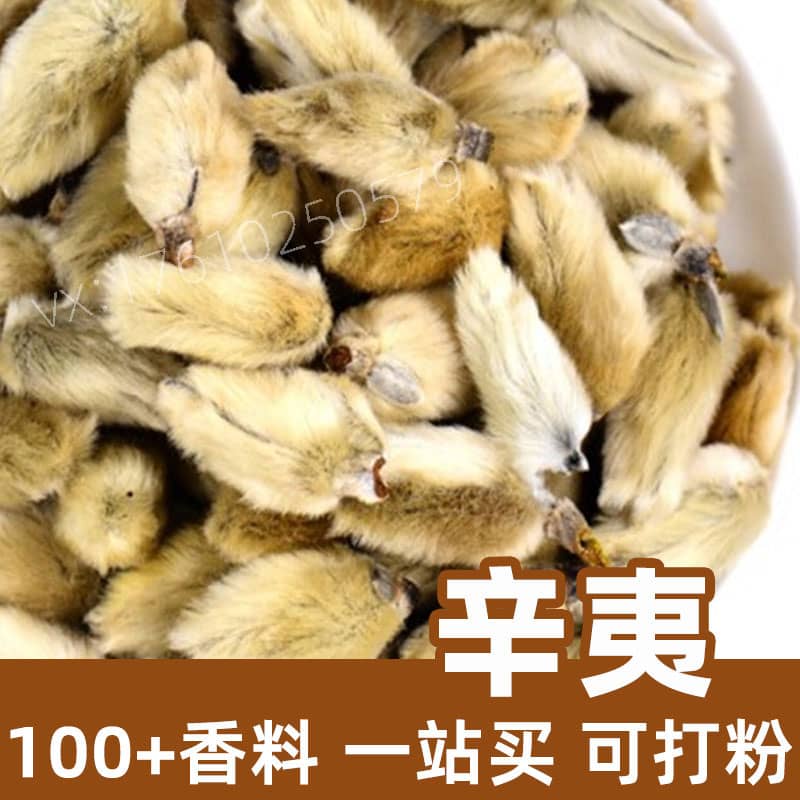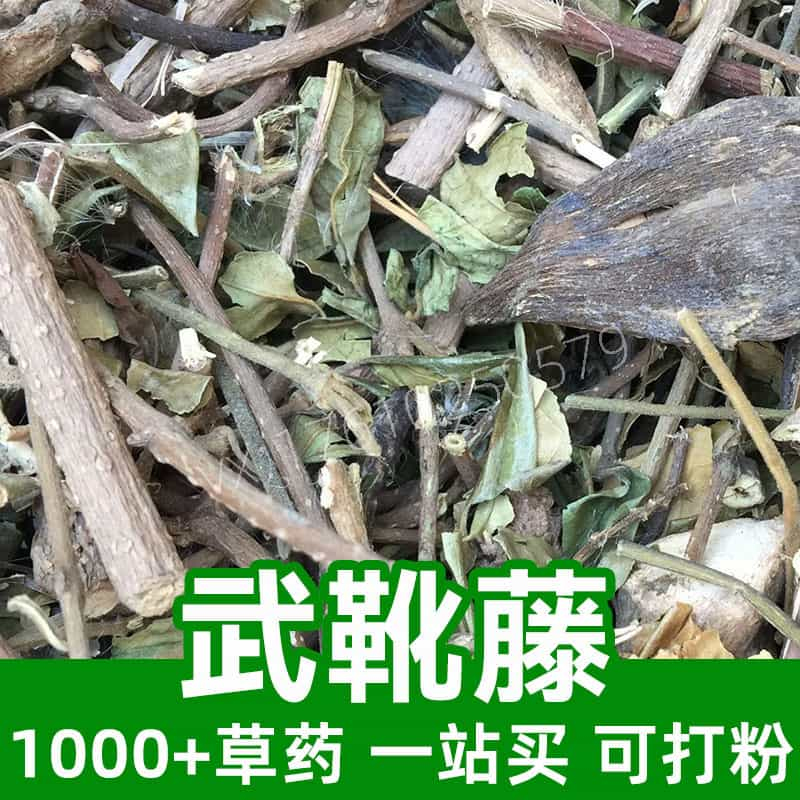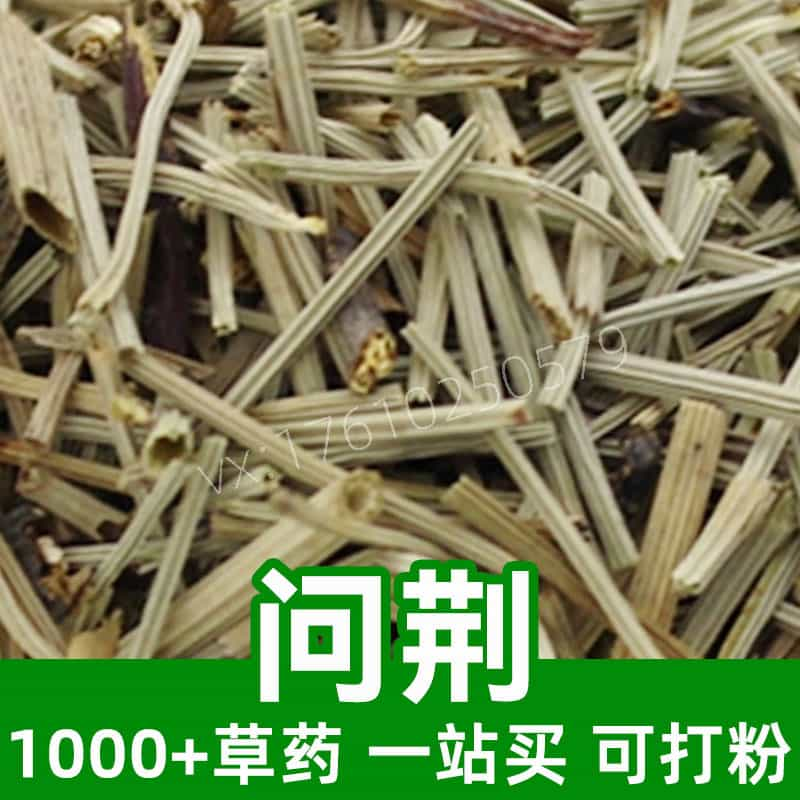Product Introduction
Wild ginseng, known scientifically as Panax ginseng, is a renowned herb in the realm of traditional Chinese medicine (TCM) that has captured the interest of herbalists and researchers alike. Originating from the mountainous regions of Northeast Asia, particularly Korea and China, wild ginseng is revered for its adaptogenic properties, which help the body cope with stress and maintain balance. Its slow growth and specific habitat requirements make wild ginseng a rare and sought-after herb, often fetching high prices.
The primary active components of wild ginseng include ginsenosides, which are saponins known for their various health benefits, along with polysaccharides that contribute to its immune-modulating effects. Wild ginseng is typically consumed in various forms, such as teas, extracts, and capsules, offering versatility in application. It is often included in traditional formulations aimed at enhancing vitality, energy, and overall health.
The consumption of wild ginseng has been a part of East Asian culture for centuries, not just for its potential health-promoting attributes but also as a symbol of longevity and wellness. This educational overview aims to provide a comprehensive understanding of wild ginseng, exploring its active ingredients, usage, sourcing, and cultivation practices.
Main Active Ingredients
The primary bioactive compounds in wild ginseng include ginsenosides, polysaccharides, and various other phytochemicals. Ginsenosides are saponins that play a crucial role in the herb's adaptogenic properties. Studies suggest that these compounds influence various physiological activities, such as modulating hormonal responses, enhancing physical performance, and providing neuroprotective effects. At least 30 distinct ginsenosides have been identified, with Rb1 and Rg1 being the most studied for their stimulating and calming effects respectively.
Polysaccharides, another vital component, are believed to possess immunomodulatory properties, enhancing the immune system's response. They also aid in improving energy metabolism and may contribute to cell protection against oxidative stress. Additionally, wild ginseng contains trace amounts of essential oils, peptides, and amino acids, which together create a synergistic effect that may enhance its overall efficacy.
Wild ginseng is also rich in vitamins B1, B2, C, and E, contributing to its antioxidant properties and overall nutritional profile. This diverse array of components not only underscores the complexity of wild ginseng but also provides insight into its traditional uses as a tonic, energy booster, and general health-promoting herb.
In traditional herbal medicine, the balance of these active ingredients is thought to work harmoniously to stimulate vitality and improve overall well-being, thereby solidifying wild ginseng's longstanding reputation as a valuable herbal remedy.
Product Application Scenarios, Usage, and Dosage
Wild ginseng is prominently featured in various formulations within traditional Chinese medicine (TCM). Its adaptogenic properties have made it a staple for individuals seeking to enhance their vitality and withstand physical as well as mental stress. The herb is commonly utilized in teas, soups, tinctures, and capsules, reflecting its versatility in culinary and therapeutic applications.
In TCM, the recommended dosage of wild ginseng can vary based on the individual's constitution, the form of ginseng, and the specific health goal one aims to achieve. A common dosage for dried root is approximately 1 to 3 grams daily, while an extract might be used in smaller amounts, often guided by the concentration of ginsenosides. Traditionally, it's suggested to consume ginseng in the morning to align with the body's natural energy cycles.
In culinary practices, wild ginseng is often added to soups and stews to enhance nutritional value and provide a fragrant flavor. It can also be steeped as a tea, incorporating the root with honey and lemon to create a calming beverage. Additionally, wild ginseng can be combined with other herbs, such as goji berries or chrysanthemum, to create synergistic effects tailored for specific health concerns.
Overall, wild ginseng remains an integral part of both traditional and modern herbal practices, valued not just for its purported health benefits but also as an ingredient that connects people to their cultural roots through culinary traditions.
Introduction to the Source Plant, Distribution, and Growth Environment
Wild ginseng (Panax ginseng) is a perennial herb that thrives in cool, shaded forested areas, typically found at high altitudes in Northeast Asia. The plant is known to grow naturally in Korea, China (notably in the Changbai Mountains), and certain areas of Siberia. The habitat where wild ginseng flourishes is characterized by well-drained, loamy soil rich in organic matter and a temperate climate with distinct seasons.
The growth environment is crucial for the development of the root, which can take several years to mature and reach optimal potency. Wild ginseng can take anywhere from 5 to 15 years to reach its full size, growing to a height of approximately 30 to 80 centimeters. The plant features compound leaves with five to seven leaflets, a flowering stalk that produces small greenish-white flowers, and ultimately red berries that contain seeds for propagation.
Cultivation of wild ginseng has gained popularity, driven by the demand for this revered herb, often leading to wild harvesting that poses sustainability concerns. Efforts have been made to cultivate wild ginseng in controlled environments that mimic its natural habitat, allowing for the restoration of wild populations while still meeting market demands. However, cultivating ginseng requires specific knowledge and techniques to ensure that the soil, light, and moisture levels replicate its natural growing conditions effectively.
Despite advancements in cultivation techniques, wild ginseng remains relatively rare and highly valued due to its specific growth requirements and slow maturation process. This rarity further emphasizes the significance of wild ginseng within traditional practices and its cultural relevance as a symbol of health, vitality, and longevity in East Asian traditions.
Harvesting, Processing, and Storage
The process of harvesting, processing, and storing wild ginseng is meticulous and reflects the importance of maintaining its quality and potency. Harvesting typically occurs in the fall, around late September to October, when the plant has completed its growth cycle. At this stage, the roots are most potent and rich in active compounds.
Careful harvesting is critical, as improper techniques can damage the root and impact future growth potential. Traditionally, wild ginseng is dug up by hand, using tools designed to minimize disturbance to the surrounding vegetation and ensure that remaining roots can continue to thrive. Harvesters must also adhere to regional regulations and conservation practices to promote sustainability and protect natural populations.
Once harvested, wild ginseng roots must be cleaned to remove soil and debris, typically by rinsing them in cool water. After cleaning, the roots are often dried to preserve their active ingredients and prevent spoilage. Drying can be performed using low heat methods, such as air drying or using dehydrators. Proper drying is crucial, as it helps to enhance shelf life while retaining the herb's therapeutic properties.
For storage, dried wild ginseng should be placed in airtight containers, kept in a cool, dry environment, away from direct sunlight and heat sources. This prevents moisture and light from degrading the compounds within the root. When stored correctly, dried wild ginseng can maintain its potency for several years.
In summary, the harvesting, processing, and storage of wild ginseng are essential in ensuring its sustainability and effectiveness. The care taken at each stage reflects the herb’s esteemed position not only in traditional herbal medicine but also in cultural heritage, underscoring its value as a precious natural resource.
Monica Sun is a seasoned expert in the natural raw materials industry, with over a decade of experience specializing in traditional Chinese medicinal herbs, spices, and fungi. She is skilled in the sourcing, processing, and application of these materials, emphasizing sustainability and innovation. Monica Sun has contributed to the development of high-quality natural raw materials that serve as essential components in functional foods, pharmaceuticals, and cosmetics, delivering tailored solutions to meet diverse market needs.








